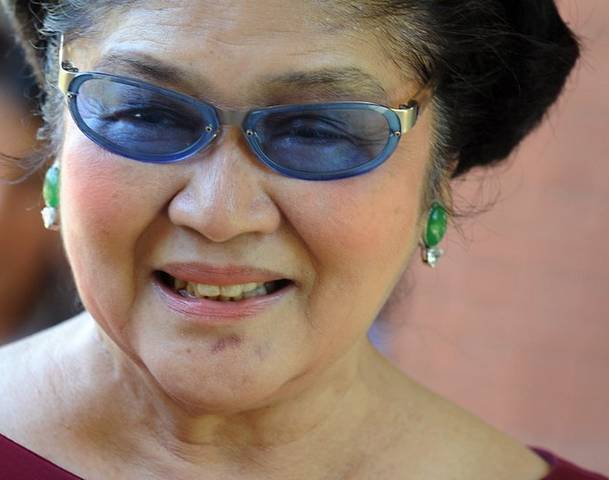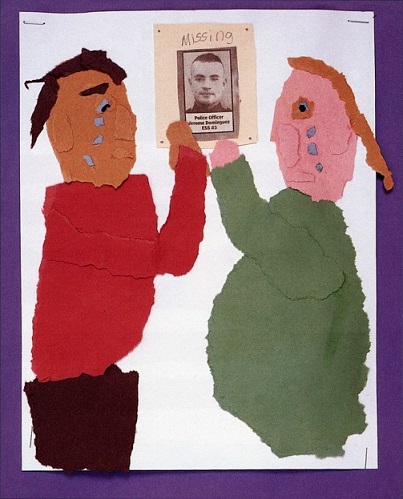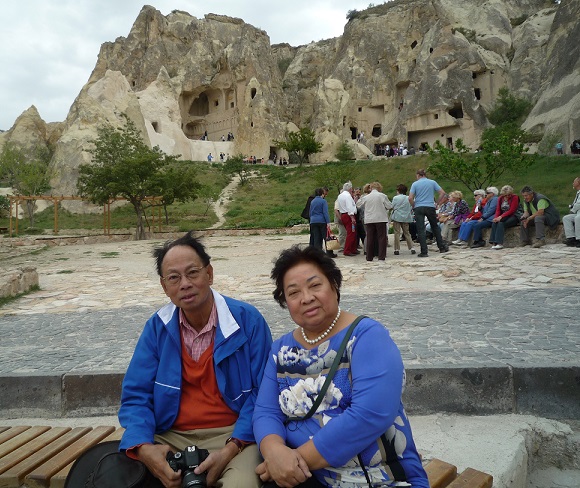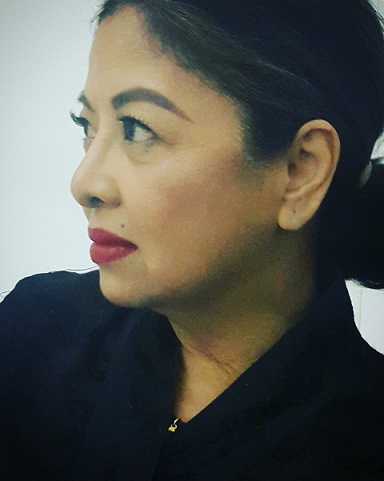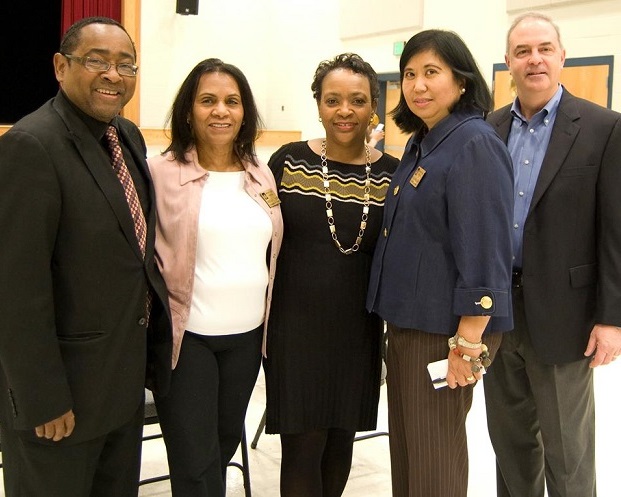Where to find the 7.1% FilAms living in poverty? Not at a ballroom gala!
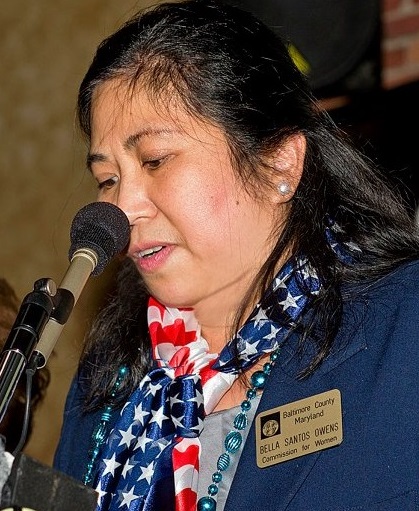
As president of the Baltimore County Commission for Women, the author has met many FilAm women and children living in poverty.
Recently, the White House Initiative on Asian Americans and Pacific Islanders released key facts and figures on Filipinos living within the U.S. With a total U.S. Filipino population of 2.66 million, the amount of Filipinos living in poverty comes to 7.1 percent.
According to the United States Census Bureau, poverty in the U.S. is measured by a pre-set income threshold, varying with changes in family size and composition. If a family’s total annual income is less than the set income threshold, the entire family is labeled as being “in poverty.” In 2013, the poverty threshold for a family of four, with two children below 18, was $23,624; while for a single individual 65 years or older was $11,173.
When I first read this question, I felt ashamed. Have we become so disconnected with life’s realities that we regress to a state of denial whenever Filipinos are framed in a negative light here in America?
As an advocate for women and children, I have met many disadvantaged people, whether it be of economic or other hardships. Of those people, the few Filipinos requiring assistance live in poverty.
In my experience, two Filipinas stand out in my mind. One called after learning of me from her non-Filipino friend who attended a women’s conference that I spearheaded. Her American husband wanted to divorce her after being married for a few years. She has a teenage son from a previous relationship in the Philippines who is with her while waiting for her immigrant visa. She had never worked and was totally dependent on the husband. She did not have any money to fight the divorce, nor support herself and her son. The husband left her without food and electricity for about a month or so; and her next-door American neighbor became her savior. She ended up going back to the Philippines after some help was provided.
The other woman attended a women’s informational fair and approached me after I spoke. She also has a son, rooming with her Filipina friend, and was working at a local convenience store. She wanted to go back to school so she could get a good job and offer her son a better life. She was asking my help as to where she could find funds for her to go to school.
As a nationality, we Filipinos love to have fun — hence the saying “It’s more fun in the Philippines!” But the reality is, not everything is fun; hardships surround us everywhere.
Since arriving in the U.S. in 1987, my first impression of the Filipino community was its great passion for preserving the Filipino culture, and how Filipino children should be raised with morals intact and infused with Filipino values. Most of the functions and fundraisers I attended all aimed to preserve our culture through galas, balls, or concerts. Furthermore, I am in awe how Filipino organizations find the means to host functions and fundraisers almost on a weekly basis.
I have ongoing conversations with some of my relatives and close friends who have been long active in the Filipino community, and we cannot believe how extravagant these functions have become; and more so how people can afford to attend them as often as they do.
I used to attend most of these functions, but as I assimilated into the American realm, I felt I had to connect with the world wherein my children were growing and thriving. I felt a greater urge to be involved in the community that would ensure their safety, guarantee an excellent education, and help mold them to be responsible adults.
FilAms have achieved what was set to be accomplished 30 or more years ago — cultural preservation. Now, we are well-known for our vibrant culture, ethnic food, talented people, skillful dancing and so on. However, it is time to channel our energies into activities with far-reaching outcomes for everybody. Perhaps we can host more forums, conferences, or walks that are goal-oriented towards relevant issues of today.
My personal experience in raising awareness for the larger community exposed me to the “real” problems. These “real” problems stare at us every day, and we have a choice to either confront or avoid them. Most individuals in need of help will not willingly ask for it; most will in a secure environment they believe is capable of providing legitimate help. Filipinos are a proud people — we don’t like airing out our dirty laundry, much less ask for assistance unless under extreme necessity.
Now, do we really think we can meet the 7.1 percent Filipinos who fall within the poverty bracket at our usual gala? If we could only change a small piece of ourselves and encourage others to admit that hardships can afflict any of us, then perhaps we can help some of those 7.1 percent Filipinos living in poverty. They are here. Let us welcome them with open hearts, open minds and open arms.
Bella Santos Owens is the current President of the Baltimore County Commission for Women. She has been an outspoken advocate for women’s issues since 2007. She has played leadership roles in the Filipino-American community in Maryland.





